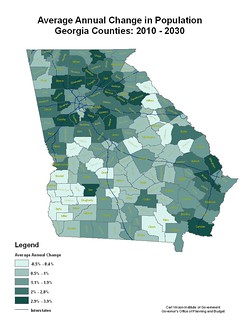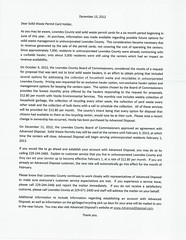Does Hatch nuclear Unit 1 have substandard fire protection, like many reactors built before 1975? Protection against fires that the NRC says cause about half the core damage risk, such as at Fukushima, which is the same design as Hatch?
According to Simplyfy.org 2 Jan 2012, Fire Risk At Older Japan Reactors Shows Potential Worldwide Problem,

The [Japanese Nuclear Regulatory Authority] NRA announced recently that reactors built before 1975 likely have sub standard fire protection designs. This includes having important cables coated in fire resistant insulation, isolating and protecting cables and creating barriers to prevent fires from spreading to other areas of critical equipment.
Source: The Mainichi, 1 Jan 2013, Over 10 nuclear plants in Japan have flawed fire-prevention equipment: sources.
 What else was built before 1975?
Plant Hatch Unit 1
“Operating License: Issued – 10/13/1974”,
according to the U.S. NRC.
100 miles from here,
and the same design as Fukushima.
What else was built before 1975?
Plant Hatch Unit 1
“Operating License: Issued – 10/13/1974”,
according to the U.S. NRC.
100 miles from here,
and the same design as Fukushima.
DOE also instituted upgrades and changes to their reactor facilities which included facility modifications as a result of Browns Ferry fire. Private sector nuclear power reactors in the US are not all fully up to the newer rules. The NRC has issued a number of exemptions that watchdog groups have criticized as being unsafe. Browns Ferry still does not meet the NRC fire rules for cables. 47 of 52 reactors in the US still do not comply with the 1980 fire regulations.
Plant Hatch is privately owned and operated. Has it been upgraded? Continue reading










